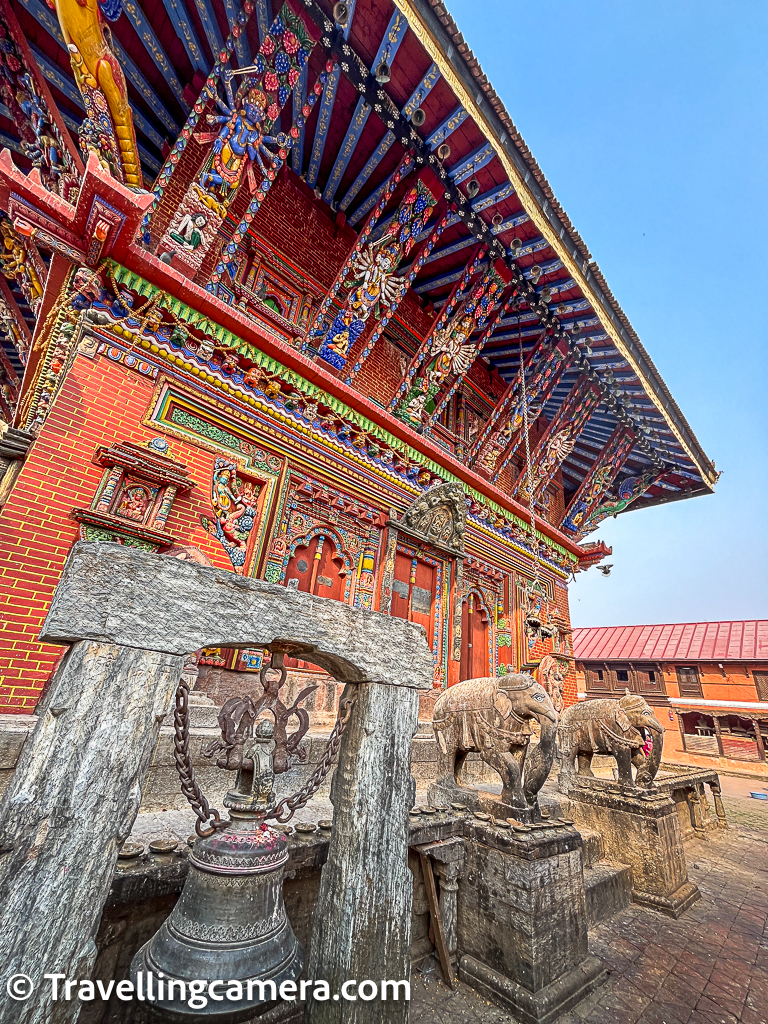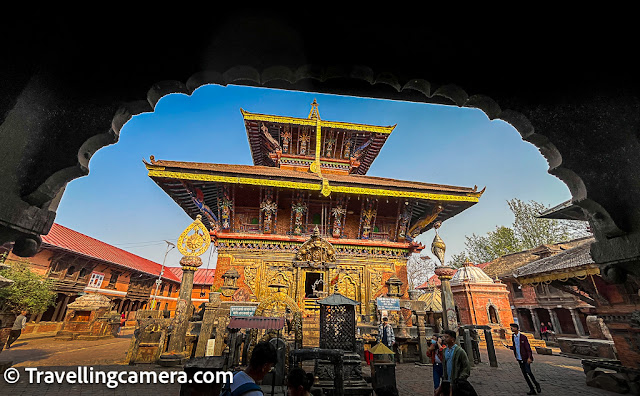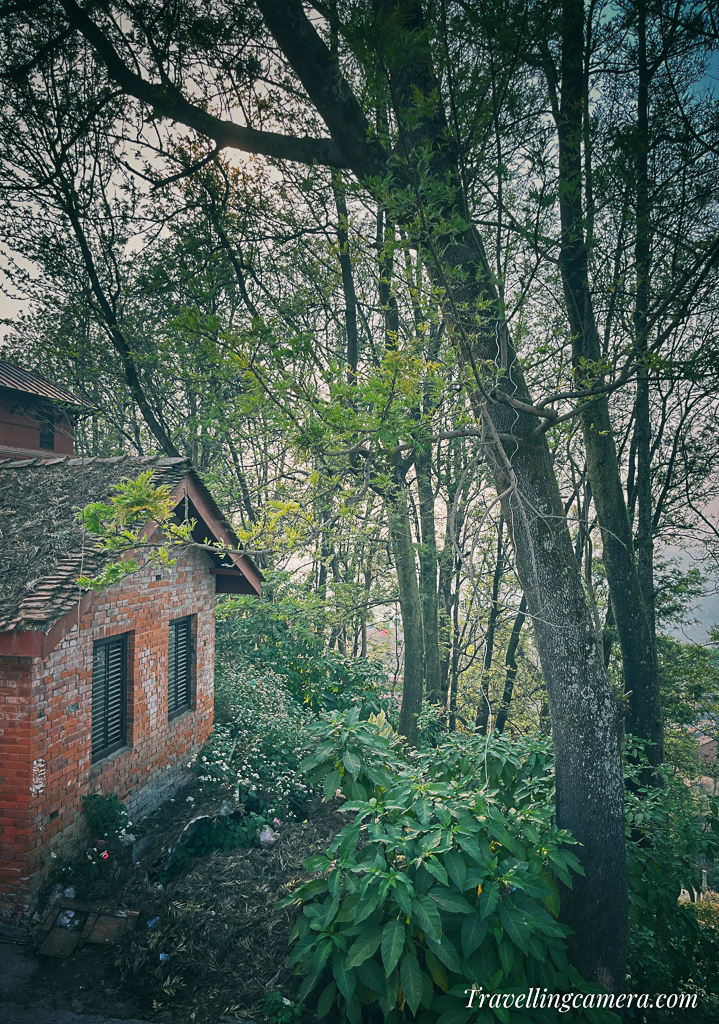Hidden among the rolling hills just outside the bustling city of Kathmandu, the Changunarayan Temple stands quietly, holding centuries of Nepalese history, culture, and devotion within its ancient walls.
Often called the oldest Hindu temple still in use in the Kathmandu Valley, Changunarayan is not just a place of worship — it is a living museum of art, architecture, and spirituality.
For travelers seeking to go beyond the famous Durbar Squares and Swayambhunath’s golden spires, a journey to Changunarayan offers a profound glimpse into Nepal’s timeless soul.
A Glorious Past: The History of Changunarayan
The roots of Changunarayan stretch back over 1,500 years. Historical records and inscriptions suggest that the temple was first built during the 4th century CE, during the reign of the Lichhavi King Mandeva.
One of the most significant artifacts found here is an ancient stone inscription dated 464 CE, often regarded as Nepal's oldest recorded inscription. This makes Changunarayan not just a place of worship but an essential landmark for understanding Nepal’s early history.
Over centuries, the temple has survived earthquakes, restorations, and political changes, yet its aura of ancient sanctity remains intact.
The Legend of Changunarayan
According to mythology, the story of Changunarayan revolves around Lord Vishnu, to whom the temple is dedicated.
Legend says that Vishnu mistakenly killed a Brahmin while hunting in the forest. As a punishment, he was cursed to wander the earth. Eventually, he came to a hilltop near Bhaktapur, where he was forgiven after his repentance. In gratitude, a temple was erected in his honor — the temple of Changunarayan.
The name itself reflects this divine connection:
"Changu" refers to the small village.
"Narayan" is a form of Vishnu, the preserver god.
Thus, Changunarayan stands as a sacred symbol of redemption, humility, and eternal devotion.
A Masterpiece of Newar Art and Architecture
As you approach the temple complex, you are immediately struck by the incredible craftsmanship that defines Changunarayan.
Key Architectural Features:
Two-Story Pagoda Style: The main temple is built in the traditional Newar pagoda style, with intricately carved wooden struts, windows, and doorways.
Intricate Wood and Metal Work: The temple's windows and roofs are adorned with breathtaking carvings of deities, mythical creatures like Garuda (Vishnu’s mount), and celestial beings.
Stone Sculptures: Scattered around the courtyard are some of the finest early medieval stone sculptures in Nepal, including depictions of Vishnu in various avatars — such as Narasimha (the man-lion form) and Vishnu Vikrant (the giant form).
Guardians and Shrines: Giant stone lions, Garuda statues, and smaller shrines dedicated to different deities fill the complex, creating a sacred atmosphere.
Every carving, every statue here tells a story — not just of religion, but of the extraordinary artistic legacy of the Newar civilization.
Highlights of the Changunarayan Complex
Here’s what you shouldn’t miss when visiting:
The Vishnu Vikrant Statue: Depicting the cosmic dwarf Vishnu expanding the universe, this 5th-century statue is an artistic and religious masterpiece.
Stone Pillar Inscription: King Mandeva’s inscription is housed in the courtyard and is considered one of the most valuable historical documents in Nepal.
Chhinnamasta Temple: A small shrine dedicated to the fearsome goddess who symbolizes self-sacrifice and transformation.
Garuda's Sculpture: The ancient, kneeling figure of Garuda, facing the main shrine, is one of the oldest known images of Vishnu’s mount.
Wandering through the temple complex feels like paging through a vivid, sculpted history book.
Spiritual Life at Changunarayan
While tourists marvel at its historical and artistic value, Changunarayan Temple remains a vibrant religious center for locals.
Daily Pujas: Local priests perform daily rituals, offering flowers, rice, and oil lamps to Vishnu.
Festivals: Major Hindu festivals such as Nag Panchami, Haribodhini Ekadashi, and Dashain are celebrated here with traditional grandeur.
Pilgrimages: Devotees from across Nepal visit Changunarayan seeking blessings for prosperity, health, and spiritual protection.
The energy here is serene and devotional, a living reminder that this is not just a relic but a beloved spiritual home.
Visiting Changunarayan: Tips for Travelers
Getting There: Changunarayan is about 12 km east of Kathmandu, and you can reach it by taxi, motorbike, or a short hike from Bhaktapur.
Entry Fee: There is a small entrance fee for foreigners, which helps in the maintenance of the site.
Best Time to Visit: Early morning or late afternoon for softer light and fewer crowds.
Combine with Bhaktapur: Many travelers pair a visit to Changunarayan with a day trip to Bhaktapur, located just a short distance away.
Dress Modestly: Cover shoulders and knees out of respect for the sacred atmosphere.
Photography: Photography is allowed in most areas, but always check for signs or ask before shooting inside shrines.
Nearby Attractions
Changunarayan Museum: Located just outside the temple complex, this small but informative museum houses artifacts from different periods of Nepal’s history.
Nature Walks: The surrounding hills and terraced fields offer beautiful hiking opportunities with views of the Kathmandu Valley.
Traditional Village of Changu: Spend some time exploring the local village, with its Newar houses, friendly residents, and traditional handicrafts.
Changunarayan Temple is more than just Nepal’s oldest temple; it’s a living monument where history, art, mythology, and daily life intertwine beautifully.
It reminds us that the most profound experiences in travel often come not from grand spectacles but from quiet encounters with authenticity and time.
Here, among ancient stones and whispering trees, you don't just see Nepal — you feel it.
If you're seeking to connect with the deeper, older spirit of the Kathmandu Valley, a visit to Changunarayan Temple is absolutely essential.



















.jpg)
Comments